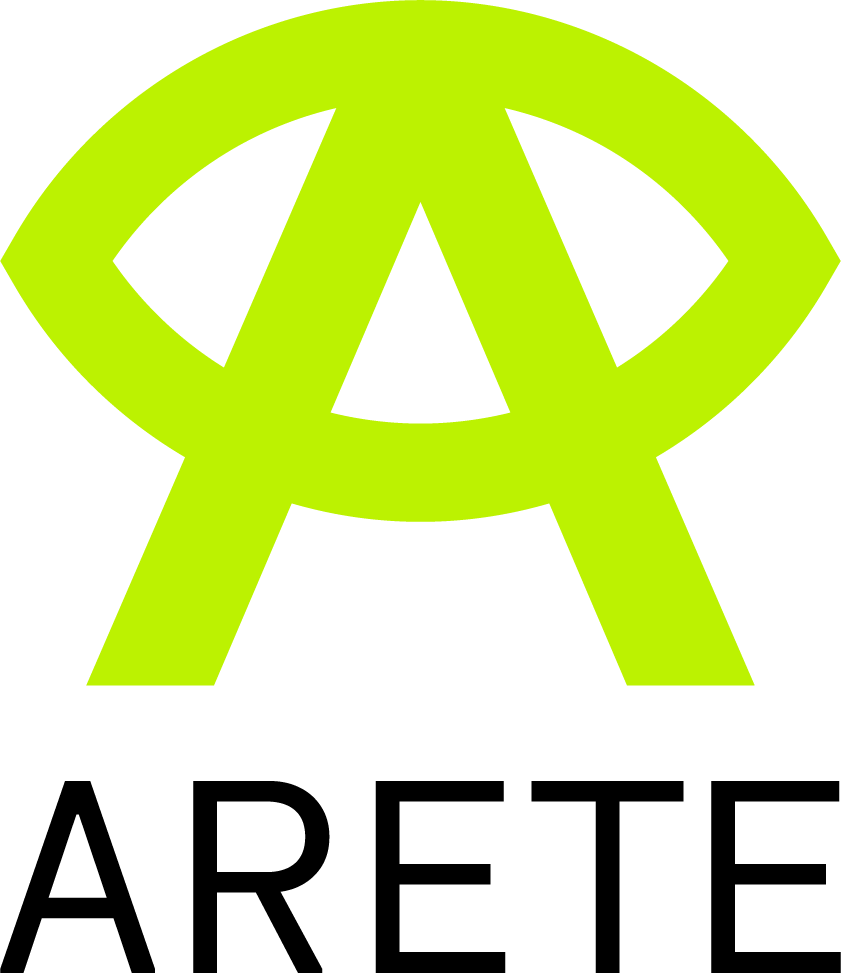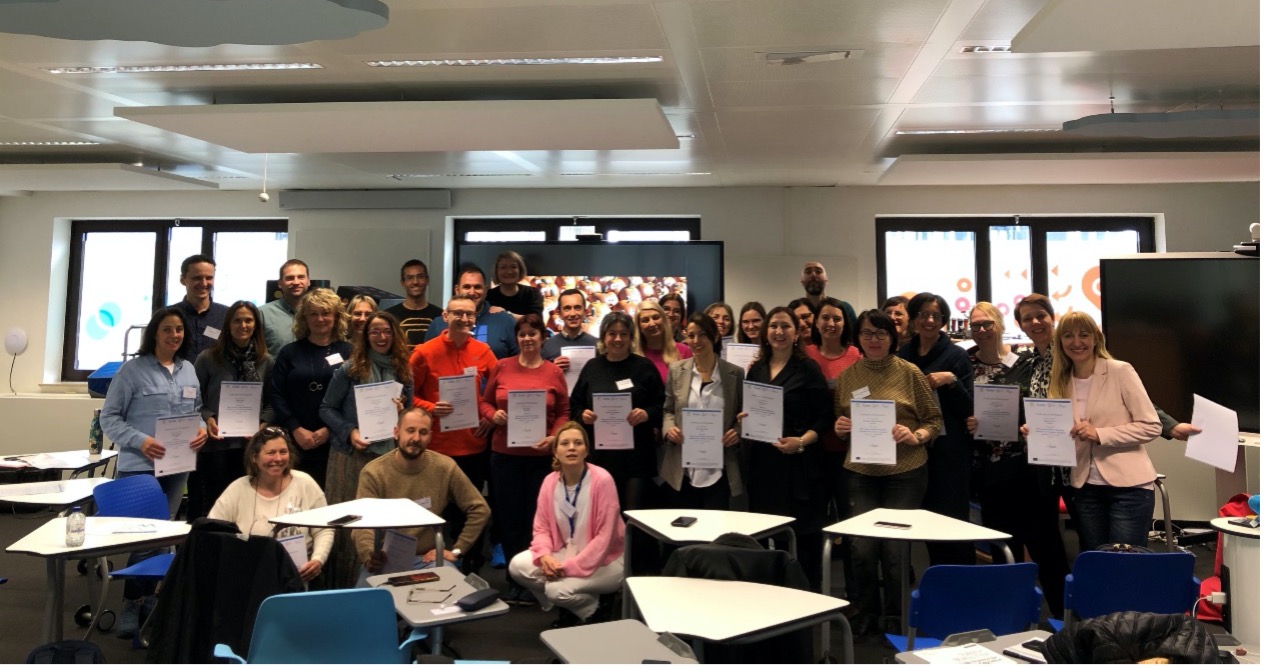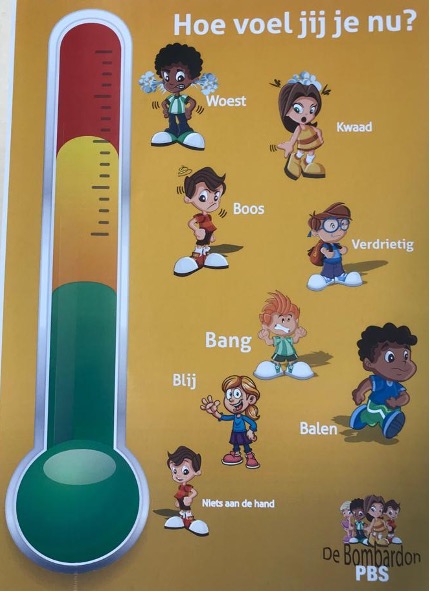Pilot 1 - Using Augmented Reality to Facilitate Teaching English Literacy Skills
The aim of Pilot 1 is to make both teaching and learning English language literacy more accessible and successful for those teachers and children engaged in the process. We believe that by introducing more Augmented Reality (AR) into our online literacy programme we expect improved outcomes for literacy attainment.
The online WordsWorthLearning literacy programme (WWL) embraces clinical, educational, social and political solutions to the cycle of illiteracy. To measure the effect of using AR - the Pilot will involve pre and post intervention literacy assessments, thus establishing a baseline from which to measure progress. The students will be divided into two groups: the WWL_AR group will use the WWL-AR programme and separately, the Control group will proceed ‘as normal’ in class. However, as an incentive to take part, the children in the Control group will all receive a copy of the WWL-AR licence after the post assessment has occurred. The WWL-AR could also be used for those learning the English language as a foreign, official or second language. WWL was developed by a Consulting Speech & Language Therapist with over 30 years clinical experience and who is a specialist in resolving specific learning difficulties, including dyslexia. The WWL programme already contains AR content for the English language, which was developed previously from a funded EU project (AHA). The current AR version of the WWL programme was developed as a Web-AR platform and as described above it is a ‘marker’ based product that runs on the WWL website. Though it works well, marker-based AR can be limiting and inconvenient. It is a browser- based programme with 104 video tutorials, 330 reading and spelling exercises with c.7500 words and multiple-choice questionnaires which will have to be redesigned to accommodate the appearance and operational performance when it is launched on an APP platform. This will include, reducing the backend data volume, changing the motion graphics, UI and UX to be suitable for use on the android and iOS APPs. We will also increase the AR content and introduce gamification with additional adaptive learning functionality. WWL-AR Android and IoS APPs will be developed with a technology for ‘markerless’ AR which enhances the user’s interaction and perception with the real world. We will use Unity/Fusion using ARCore and ARKit infrastructure to produce WWL-AR interactive objects including – videos, charts, rules, counters, flashcards, 2D & 3D design characters, interactions and scenarios, application of 3D objects & interaction via Vuforia engine, model targets, Ground Plane, development of AR scenarios & Implementation in different predefined scenarios. Lastly the development of gamification and adaptive learning content using AR (e.g. Vowel & Consonant counter game, puzzles, and questionnaires).
Pilot 2 - Augmented Reality as Efficient Tool for STEM Information Retention
Pilot 2 will focus on the innovative and exciting way of learning geometry and geography through visualization and interaction. The aim of this pilot is to prove the efficiency of Augmented Reality application for STEM education sector as the tool that helps kids to improve test-score by up to 33% and increases retention rate by up to 100% while developing 21st century skills and focusing on personalized learning through kinetic, audio and visual educational approaches.
We plan to measure the effectiveness of interactive AR technologies by comparing test score results of the previous year students who have used traditional methods of teaching and learning Geography and Geometry to the pilot testing groups.
ugh a collection of flash cards/ printouts. The geometry app program features 3D models with Augmented Reality for main geometric shapes. Children can directly interact with the shapes and this aims to improve their spatial visualization.
CleverBooks app is easily launched on a tablet or mobile phone (based on Android or Apple) through a collection of flash cards/printouts. The geometry app program features 3D models with Augmented Reality for main geometric shapes. Children can directly interact with the shapes and this aims to improve their spatial visualization. The content of the geometry app is the following and will be evaluated in 7-10 EU countries (170 kits, one kit per classroom at an average size of 20 students per classroom) estimated 3400 students at the age of 7-11 years old, in multilingual environment support to view geometric 2D and 3D shapes from all angles; listen to voiceover for all the shapes and interactions made by kids; see sides of 3D shapes unfold into 2D shapes (decomposition is visualized!); check main properties of 3D shapes; find out about different variations of 2D shapes; learn and understand fractions; compare and identify objects in the environment with geometric shapes using Augmented Reality; develop spatial imagination by observing 3D and flat models; learn properties of geometric 2D and 3D shapes; utilise an interactive knowledge test. The l cognitive development; learning basics of geometry; development of visualization skills, imagination; understanding of abstract objects applied on geometry; critical thinking; engagement and Usability; creative development; digital new technology acquisition. The workbook and/or building blocks, mobile app will be available on Google Play and App store.
Pilot 3 - Augmented Reality for promoting Positive Behaviour Intervention and Support (PBIS)
Pilot 3 (the PBIS-pilot) will focus on the development of AR solutions, to be embedded within the context of the framework of Positive Behaviour Interventions & Support (PBIS).
PBIS is an intervention model that actively supports the implementation of Evidence-Based Practices (EBPs) for classroom and school discipline. PBIS is not a ready-to-use curriculum, but a three-tiered model or an approach, that defines core elements that can be implemented through a variety of evidence-based strategies. EBPs are interventions for which there is ample scientific evidence that consistently show that they improve student’s learning, behaviour and well-being. PBIS gives emphasis on prevention by targeting all students and staff. This is the first tier (aka Tier 1) of prevention.
Some students, however, due to environmental and genetic risk factors are more inclined to school failure. Thus, this subset of students would benefit from additional support, namely secondary prevention. Non-respondents to Tier 2 support would move on to the tertiary level (aka Tier 3). This means that these students would require individualized wrap-around services to reduce the impact of their chronic needs. Visuals are one the most accessible behavioural management strategies to apply within the PBIS-framework and can be seen as environment cues for the positive reinforcement of the goal behaviour.
The pilot will investigate the use of AR as a tool for PBIS evaluating the incremental value of integrating AR contents within PBIS-intervention and supports in promoting school-wide and class-wide positive behaviours. Specifically, a pre-test/post-test control group design will be used to test the effectiveness of the implementation of PBIS enhanced by AR (AR-PBIS) when compared to PBIS interventions without AR support (PBIS).
Behavioural outcome measures such as students’ self-management and self-regulatory skills, behaviour problems in classroom setting will be obtained prior and after the intervention and then compared across conditions (AR-PBIS vs PBIS alone) to test the hypothesis of the incremental value of AR technology for the PBIS system. In particular, the interest for this pilot is to explore how AR contents, namely location-based and image-based AR can be effectively used for the implementation of new mobile interactive learning environments that may further facilitate students’ self-management and self-regulation skills and attitudes following the logic as used within the PBIS framework. Specifically, the pilot will be implemented according to the following steps:
- Identification of AR interactivity requirements & specification for the SWPBIS-system.
- Investigation of how the AR technology can be embedded within the PBIS teaching and learning processes described in detail in the WP5.
Pilot 4 - Teaching with eXtended Reality – Evaluating the MirageXR Authoring Tool
Pilot 4 aims to accelerate the uptake of AR in education, by providing an authoring tool and learning management system to teachers. We believe that introduction at scale requires to put tailored authoring tools in the hands of teachers to support the production of bespoke AR learning experiences for the mainstream as well as for the Long Tail.
A key barrier to adoption of eXtended Reality (XR) in the classroom is the lack of XR-enabled content (Chatzopoulous, Bermejo, Huang, Hui, 2017; Arnaldi, Guitton, Moreau, 2018; He, Sui, Jin, Cao, 2019), the affordability of hardware (Law & Heintz, 2021) and the lack of understanding of pedagogical arrangements that teachers need to put in place to be able to integrate AR in their teaching. To address this and to facilitate the design of XR content that will be well aligned to the curriculum, we have further developed the MirageXR software, also complementing it with a plugin for Moodle, an open-source learning platform, to enable teachers to manage and schedule content efficiently.
With this Pilot 4, we seek to evaluate the state of development of the authoring tool and viewer , and assess critically, both quantitatively and qualitatively in what ways and how well the tool ecosystem supports teachers in designing specific XR-enabled tasks and associated XR learning experiences that support their students to learn.
The pilot shall be organised as follows. First, collaboratively recruit teachers and preservice teachers (at least 100 persons, teaching/training to teach at primary and secondary level), possibly using the pool of addresses of candidates for other pilots, who were interested in taking part in an ARETE pilot, but did not meet the more narrow inclusion criteria for participation in Pilots 1, 2, or 3. Inclusion criteria for participation in Pilot 4 are only status as preservice or in-service teacher, willingness to participate, a sufficient level of English-language skills, and access to suitable devices (closeness to workshop sites for access to the smart glasses, or owning a suitable Android/iOS device for bring-your-own device, BYOD). Scientix Ambassadors will be invited to join the pilot as as well as teachers from education programmes at consortium partners (TOU, UCD, CNR). We intend to recruit from the UK, Ireland, and Italy, but other teachers from other countries are welcome, as long as they are comfortable in authoring in an English locale authoring environment (content can be in any language, only the UI is mono-lingual English at the moment). Second, we train the (preservice and in-service) teachers, organising online seminars and workshops, in which XR activity design and the use of the authoring tool is practiced, using a freshly developed instructional design process methodology that follows the Design Thinking philosophy. This includes modelling persona, modelling of the target group, defining the problem statement, a draft map of the experience, and an augmentation plan. Third, we conduct the pilot with the teachers, where they design an XR learning experience of their own within a limited amount of time (one month, i.e. a maximum of 8-10 hours per teacher). In this pilot there is no requirement to try out the designed learning experiences with students, but the experiences are contributed to an Open Content pool that forms the legacy of the project. We measure, however, a variety of standard and bespoke metrics with pre- and post-test, using online surveys, including:
- Technology: technology acceptance (TAMARA: Guest, Wild, Vovk, Lefrere, Klemke, Fominykh, Kuula, 2018), spatial interaction user experience (SPINE: Vovk, to appear), system usability (SUS: Brooke, 2013), and workload (NASA TLX, Hart & Staveland, 1988). For Technology Acceptance, Usability, and Spatial Interaction, measures from earlier versions of the software from the WEKIT project serve as a baseline comparison (two iterations of pilots, 142 and 399 participants, respectively).
- Pedagogy: We will apply – like in pilots 1-3, standardized scales also for teachers' estimate of student motivation (based on Keller and Kopp's ARCS model) and student engagement (based on Lee & Reeve's definition of student classroom engagement). We will investigate the level of support for the revised Bloom taxonomies (Bloom et al., 1956, 1964; Anderson & Kratwohl, 2001), especially for the cognitive domain.
- Regarding Demographics, we intend – among others – to investigate differences regarding specific characteristics, including gender, preservice (years of education) vs in-service (years of service), and self-ascertained computer knowledge.
Furthermore, we conduct interviews with selected candidates, and we inspect the work results (expressed in IEEE standard P1589-2020, ARLEM, and stored in the Moodle instance), investigating how they developed from the design drafts and reviewing their completeness against the WEKIT instructional design framework (Limbu, Fominykh, Klemke, Specht, 2019). The interviews will consider how teachers envision to embed authoring of XR learning activity in the future in their teaching and learning processes, which effects they expect to see with regards to student learning, motivation, how the teachers assess applicability and usefulness for their classes, as well as drivers and barriers they see for introduction. We seek to capture how they went about designing their experience (using a think aloud protocol), and where collaborative authoring is involved as part of the training workshops, we will capture the group discussions to gain insight into barriers and drivers but also challenges in doing the task.



